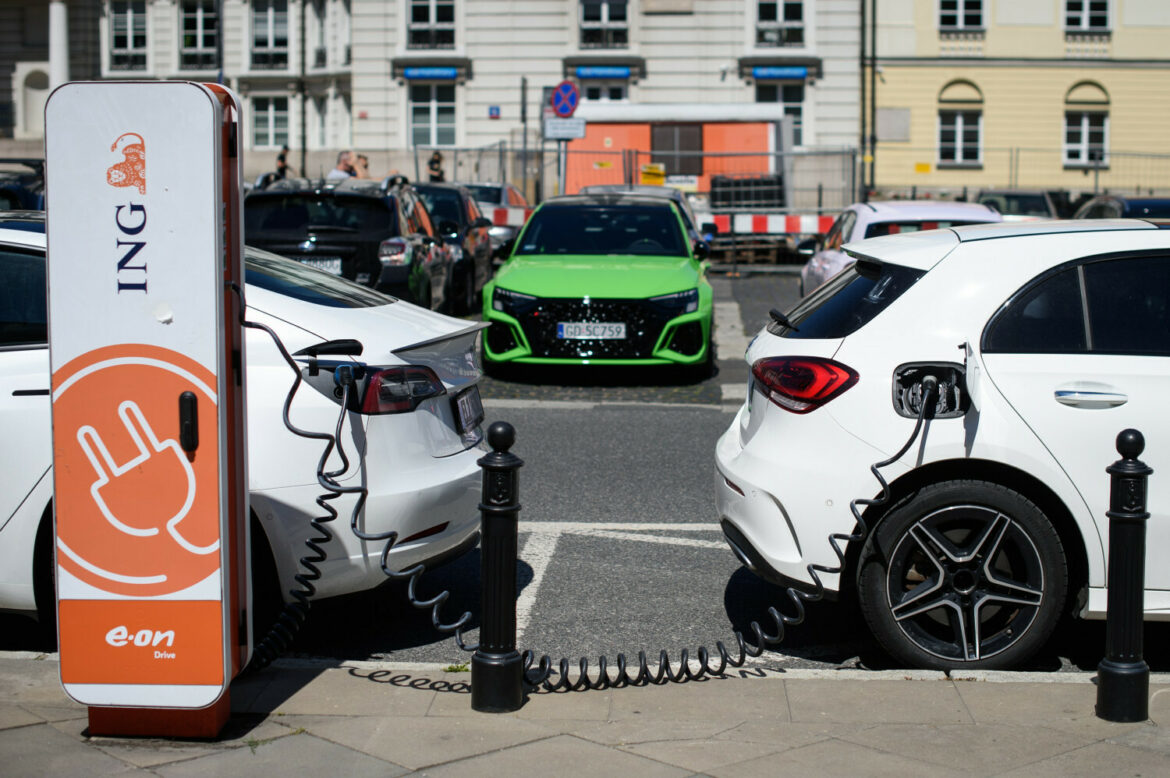The share of electric vehicles in the sales of new passenger cars in Poland may increase to almost 15 % in 2025, and the total capacity of charging stations in Poland should increase up to 15 times within three years, according to the Polish Alternative Fuels Association (PSPA) report ‘Poland Drives E-Mobility’.
With over 50,000 electric vehicles and more than 4,400 charging points, Poland is still in the very early stages of sustainable transport development. The situation is similar in truck transport – of the 30,000 trucks registered in Poland in 2021, only 4 were electrically powered.
“However, the electrification of transport in Poland is favoured by support instruments, such as subsidy mechanisms implemented by the Polish public administration. They include the ‘Mój Elektryk’ programme worth about EUR 147 million, designed to subsidise buyers of electric cars, and a subsidy programme worth about EUR 183 million for hydrogen charging and refuelling infrastructure”, says PSPA managing director Maciej Mazur.
According to the report’s authors, in the so-called realistic scenario, the fleet of fully electric passenger cars (BEVs) in Poland will number 290.5 thousand vehicles in 2025, compared to 40.3 thousand vehicles at the end of 2022. This will be supplemented by 220.2k plug-in hybrids (PHEVs), up from 41.1k in 2022. This is an increase of 620% over three years for all-electric vehicles and 435% for plug-in hybrids.
Already in 2024, the BEV share in the new passenger car market in Poland could reach 10% more than the EU average in 2021. The report’s authors predict that the total number of publicly available charging points will reach 49,500 in 2025, compared to 5,500 at the end of 2022.
PSPA is Poland’s largest industry organisation dedicated to creating the electromobility and alternative fuels market.
Arkadiusz Słomczyński





